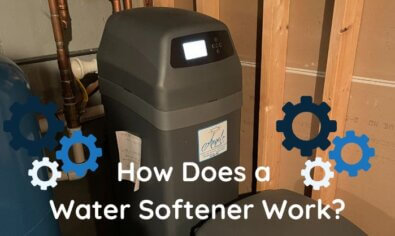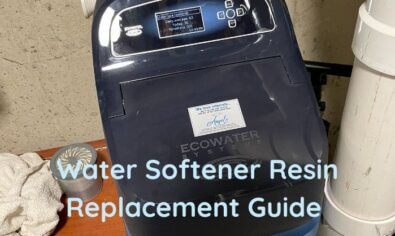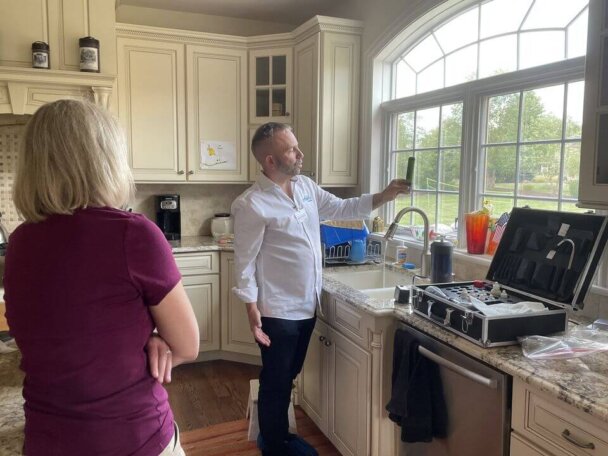Are the Government Drinking Water Standards Good Enough?
In this blog, you will learn:
The government passed the Safe Drinking Water Act (SDWA) in 1974 to regulate the contaminants in public water.
The SDWA has made America’s drinking water safer than it was prior to 1974.
The problem with the SDWA is its limits aren’t strict enough and it is too difficult to create new regulations for contaminants.
Many pollutants are still underregulated, including perchlorate, chromium-6 and PFAS.
The best way to protect your health is by having your water tested regularly and investing in the proper water treatment equipment.
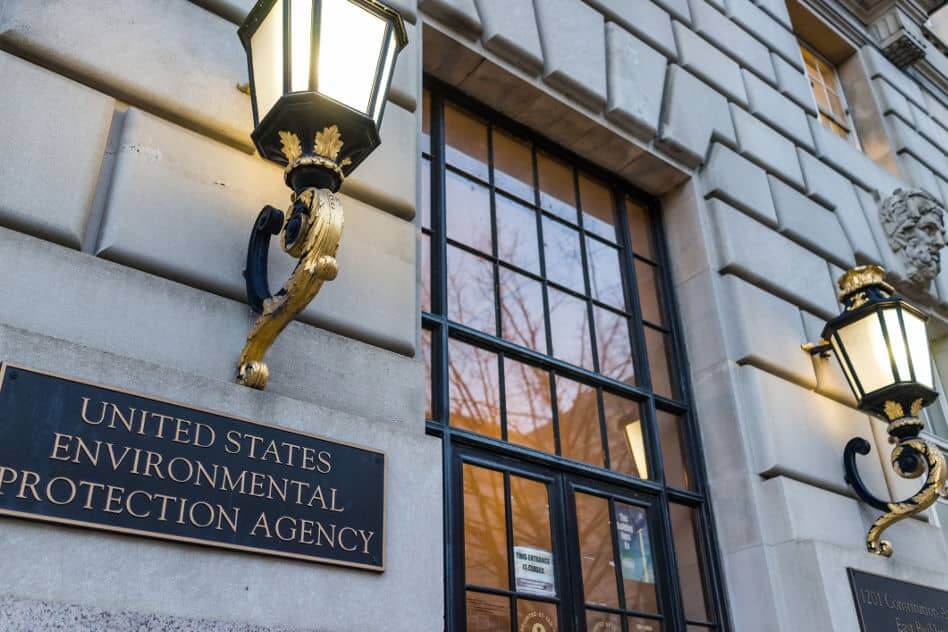
Here’s What You Need to Know About U.S. Drinking Water Standards
You do it every day without a second thought. When you’re thirsty or need to wash your hands, you turn on the faucet and use the water that comes out of it. It’s a great luxury we Americans have and certainly something to be thankful for.
But have you ever stopped to wonder if that water’s safe? If you’re reading this blog post, then you probably have. And good for you!
After all, you have no control over the quality of the water coming out of your faucet. The government does. And as with anything regulated by the government, we shouldn’t just assume they’re handling it perfectly. Rather, we need to stay informed to hold the powers that be accountable.
So, what are the powers that be doing to protect our water? And are they doing enough to keep us safe?
This blog will teach you everything you need to know about how the government regulates drinking water. As we do, you will see that the government drinking water standards are well-intentioned but far from good enough to protect our health.
What is the History of Government Drinking Water Standards?
To understand what the government is (and isn’t) doing today, we need to know how we got here. So, let’s take a look at our nation’s history of water regulation.
For most of our nation’s history, the government did next to nothing to regulate drinking water quality. In fact, it wasn’t until the latter half of the 20th century that the government even passed any water quality legislation!
Up until then, the government was mainly concerned with making sure people got enough water. Unfortunately, they gave little attention to the quality of that water.
Still, as time went by, the powers that be did start to fight against contamination. For example, the River and Harbor Acts of 1886 and 1899 took some steps to curb pollution in public waterways. And the U.S. Public Health Service Act of 1912 sought to put an end to waterborne illnesses.
Things really started to kick into gear with the Federal Water Pollution Control Act in 1948. This law was the first major American law to address pollution. Congress amended it multiple times in the following years to give the federal government more control over water quality standards.
The environmentalism movement of the 1960s and 1970s played a huge role in making progress toward better water quality. It led to the founding of the Environmental Protection Agency (EPA) in 1970 and two crucial laws: the Clean Water Act of 1972 and the Safe Drinking Water Act (SDWA) of 1974. The former law gave the EPA the power to fight pollution in the nation’s waters, and the latter did the same for America’s drinking water.
For our purposes, we will focus on the SDWA. Let’s take a look at how that law helped make drinking water better.
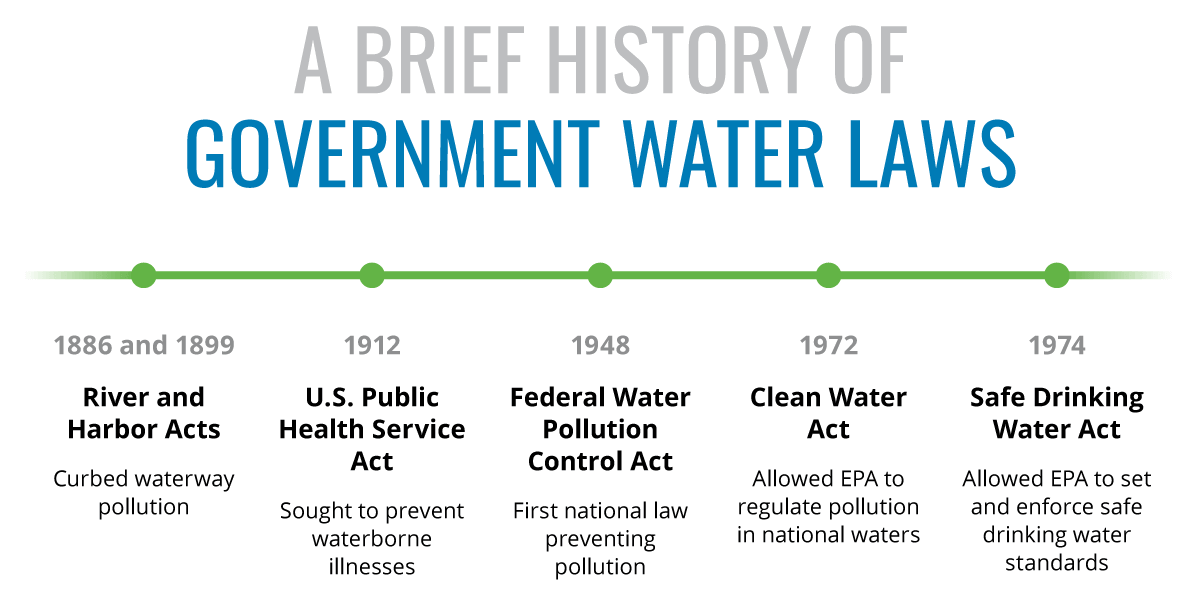
What is the Safe Drinking Water Act?
The Safe Drinking Water Act was a necessary step in the right direction for a nation with very disorganized drinking water regulations. While some protections were in place before the law, studies showed they weren’t cutting it.
For example, a 1969 report found that 40% of all public water systems weren’t doing enough to keep their water safe. And between 1960 and 1970, there were some 46,000 instances of waterborne disease in the U.S.
Clearly, someone needed to take charge.
That someone was the EPA. The SDWA gave the agency full authority to set national health standards for drinking water. The EPA then delegated the responsibility of enforcing those standards to the states. However, if the states failed to enforce those standards, the EPA could step in and enforce them.
Under the law, state governments also have the power to create standards for secondary or nuisance contaminants. These pollutants don’t pose any serious health risk but still create problems for people like scale on faucets or dry skin.
We should note that this regulation power only extends to public water systems that serve more than 25 people. The government does not regulate the water in private well systems. As a result, the millions of Americans with well water must monitor the water on their own.
Amendments to the SDWA
The Government has amended the SDWA twice. A 1986 amendment required that the EPA significantly increase the number of contaminants it was regulating. As a result, the EPA set limits for most of the contaminants still regulated today between 1986 and 1996. The problem was local governments had trouble keeping up with all these new regulations.
In 1996, another amendment took away the EPA’s burden to have a certain amount of pollutants regulated. The agency now had full control over choosing which contaminants to regulate. However, the amendment also required the agency to perform significant scientific and economic analysis before deciding if a contaminant should be limited.
Effectiveness of the SDWA
As we’ll discuss below, the SDWA has been far from perfect in curbing water contamination. However, we’d be lying if we said it was a bad law.
The truth is the water quality has drastically improved in this country since the act’s inception. Contamination levels have gone down, and the EPA has done an excellent job of holding states and local water providers accountable.
Still, there are limits to its effectiveness. As we mentioned, it doesn’t regulate well water, and smaller water systems can get left behind if they lack the funds to put the federal regulations in place.
But the biggest issue with the SDWA has to do with setting federal drinking water standards. We will look at exactly how that works next.
How Does the EPA Set Drinking Water Standards?
Under the SDWA, the EPA has full authority to set drinking water standards for the country. So, what are those standards, and how did they come to be? Good questions!
Currently, the EPA has limits in place for 90 contaminants. You can find a full list of those contaminants and what the limits are on the EPA website.
The most shocking thing about that list of pollutants is that none have been added to the list since 1996!
How can it be that the EPA has not added a single chemical to the list in nearly a quarter of a century?
The answer largely has to do with that 1996 amendment we mentioned above. Before that amendment, the EPA was frequently adding one contaminant to the list after another. This rapid pace was great for public health but not so great for the local governments enforcing the new standards. It also put a strain on the agencies and companies that were tasked with cleaning up the newly regulated contaminants. Clean up is expensive, after all!
The 1996 amendment brought the EPA’s rapid pace to a halt by essentially making it harder for the EPA to decide whether a chemical should be regulated or not. More thorough scientific and economic analysis would now be required before rendering a verdict.
The EPA has been stuck in a continuous cycle of deliberation and analysis ever since. The agency has considered many contaminants for addition to the list, but it just can’t seem to find one that meets the strict criteria.
What are those criteria? Let’s take a look.
Angel Water Now Offers Free Water Tests!
Don’t Guess, Test! Get Your Free Water Test Now and Take Control of Your Water Quality.
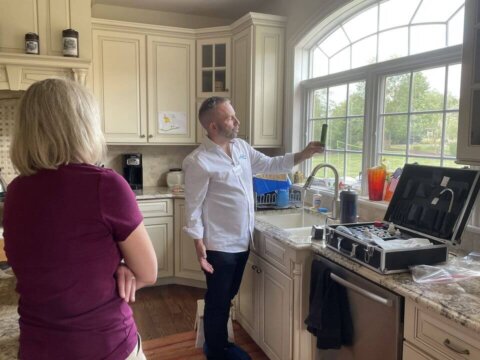
Qualifications for a Drinking Water Contaminant
So, what qualifies something as a contaminant? There are three main criteria the SDWA sets out:
- The pollutant may cause harmful health effects.
- There’s a good chance that contamination will occur at levels high enough to be problematic for the public.
- Limiting the contaminant will make a difference for public health.
The first of these three requirements is pretty straightforward to determine. As we will see, it’s the latter two that have created problems for the EPA.
Problems with the Process
Ideally, the government would regulate all potentially dangerous chemicals. However, economic realities make that impossible. Instead, the government must weigh the costs and benefits of regulation.
The question is, will the cost of regulating this contaminant be justified by how it will benefit the public?
Since 1996, the answer has continually been no.
The reason for this is it’s difficult to determine if a contaminant meets the second and third criteria for regulation. One study may show that a chemical is a high risk to the public, and another may show that it’s not. And it can be challenging to prove that regulation will make enough of a difference to justify the steep costs.
Furthermore, government agencies and companies often oppose the regulation of certain chemicals when it affects their bottom lines. They don’t want to pay extra to clean up the pollution, so they will contest the recommendation, increasing the EPA’s burden of proof.
Ultimately, these problems with the process have trapped the EPA in an endless cycle of deliberation. It is simply too hard and time-consuming to prove that a contaminant is worth limiting.
It’s also difficult for the EPA to set acceptable standards for the contaminants it is regulating. Many of the maximums they set are far too high because it would be too expensive to clean up the contamination if they set them lower. Because of this, nonprofit organizations like the Environmental Working Group (EWG) often suggest far stricter health standards than the EPA.
Sadly, the EPA does not regulate nearly enough contaminants. The 90 they do monitor are a tiny fraction of the thousands of dangerous contaminants out there. And the limits they set for those contaminants aren’t nearly strict as they should be.

What are Some Consequences of the SDWA?
There are many examples we can look at to illustrate how the SDWA has come up short in recent years. Chemicals like perchlorate, chromium-6 and PFAS are still dangerously underregulated by the federal government. We’ll take a quick look at each of those below.
Perchlorate in Drinking Water
Perchlorate is a chemical compound used to create rocket fuel, fireworks and airbag initiators in vehicles, among other things. Consuming even small amounts of this chemical can cause serious damage to the thyroid, especially in pregnant women and infants.
Unfortunately, people in California and Massachusetts found that it was seeping into their drinking water in the late nineties. While these states implemented a legal limit on perchlorate in the mid-2000s, the EPA has yet to pass through a national limit. And a national limit is necessary considering most of the states have detected perchlorate in their water.
So, what’s stopping them? The answer has to do with lengthy deliberation, uncertainty and money.
The EPA has tried to put a strict enough regulation on perchlorate in place, proposing a 1 ppb limit in 2002. However, they received a ton of push back as that strict a limit would necessitate a costly cleanup process. That sent the government back into the deliberation phase.
Officials also performed questionable tests, which showed perchlorate might not be as dangerous as we originally thought. These experiments were dubious because they were performed on healthy adults. However, the people most vulnerable to harm from perchlorate are pregnant women, children and people with preexisting conditions.
This process of testing and deliberation has dragged on for more than 20 years. As a result, there is still no legal limit, and in the meantime, people living in states other than California and Massachusetts are still vulnerable to perchlorate contamination. It’s political gridlock at its worst.
Chromium-6 in Drinking Water
Chromium-6 contamination also continues to be a major problem in this country, particularly in the Chicagoland area. Irresponsible companies have polluted Lake Michigan with the chemical, putting Chicagoans at risk of cancer, heart disease and other health problems.
What has the federal government done about chromium-6 pollution? The good news is the EPA has put a legal limit of 100 ppb in place for total chromium, including chromium-6. The bad news is that limit is far too high. The EWG suggests that the limit should be a far stricter 0.02 ppb. Any amount higher than that puts the public at risk.
But don’t expect the EPA to toughen their standard anytime soon. As was is the case with perchlorate, cracking down on chromium-6 would be expensive. And it will take a lot of time-consuming testing to prove that the high cost is worth it for the public.
PFAS in Drinking Water
PFAS are manufactured chemicals that don’t degrade easily. When consumed, they lurk in the body for a long time and can cause all sorts of problems, including testicular cancer and ulcerative colitis.
Up until recently, companies used PFAS to produce many common products like food packaging and dental floss. Most manufacturers stopped using the chemicals when they discovered how harmful they are. However, studies show there are still many PFAS in the drinking water today.
The EPA has released health advisories about the chemicals but no legal limit yet. Unfortunately, we can probably expect the same lengthy deliberation process we’ve seen with perchlorate and chromium-6.
In the meantime, these dangerous chemicals will continue to lurk in our water unregulated.

What Can Americans Do to Protect Their Health?
Clearly, while the SDWA has done a lot to protect our water, it’s not nearly effective enough. Americans are still vulnerable to thousands of unregulated contaminants, which doesn’t look like it will change anytime soon. So, what are we to do?
The good news is citizens have the means to fight back against harmful contaminants. The best way to do so is by getting your water regularly tested at an EPA-certified facility. The tests will show you exactly what contaminants you’re dealing with so that you can defend against them. You can also visit the EWG website (ewg.org) to find out the most common contaminants in your region’s water.
And the best way to defend yourself is by investing in the proper water treatment equipment. There are many trustworthy water filters on the market today that can remove a wide variety of contaminants. By investing in the right filter, you can protect your health!
Need Help Cleaning Up Your Water in Chicagoland?
We hope this guide has helped you understand the government drinking water standards and the importance of knowing what’s in your water. If you need help cleaning up your water, we at Angel Water would be happy to assist you!
Our licensed experts can answer any questions you have. We also offer EPA-certified water testing and a full selection of water treatment equipment in Barrington, IL, and throughout the Chicago region. Please give us a call today at 847-382-7800 to discuss how we can help you.
Interested in a Water Softener System for Your Home?
You don’t have to live with a dry, itchy scalp and brittle hair anymore! It would be our pleasure to help you find the right water softener to make your showers enjoyable again.
Please give us a call at (847) 382-7800 or visit our water softener page to learn more.

